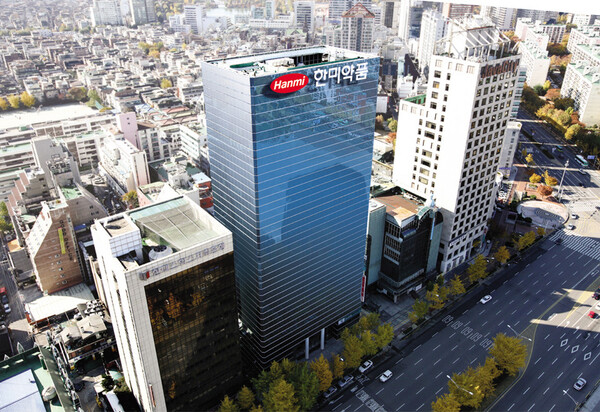Korea’s Hanmi Pharmaceutical has begun a U.S. phase 1 study after the FDA cleared its investigational new drug application (NDA) for an obesity drug candidate the company says can reduce fat while increasing muscle -- a profile aimed at addressing muscle loss seen with today’s GLP-1 weight-loss drugs.
The single- and multiple-ascending dose trial will evaluate safety, tolerability, pharmacokinetics and pharmacodynamics in healthy adults and people with obesity.

Called LA-UCN2 and coded HM17321, the peptide is a urocortin-2 analog that selectively activates the CRF2 receptor, part of a stress-response signaling pathway. Selective CRF2 activation can drive fat loss, muscle gain and improvements in muscle function, according to the company. Hanmi said the molecule was designed with in-house AI and structural modeling.
The company positions HM17321 as first in class. By avoiding the incretin pathway used by GLP-1 drugs, Hanmi argues it could deliver higher-quality weight loss, defined here as fat reduction with preserved or increased lean mass.
The company also said HM17321 could be combined with existing peptide incretin drugs in a single injection, potentially reducing treatment burden.
Hanmi contrasted its approach with antibody-based muscle-preservation strategies that often require intravenous dosing, which can be less convenient for patients with obesity. The company also cited limits of those approaches, including side effects and the preservation of mass without functional gains.
HM17321 is part of Hanmi’s six-asset Hanmi Obesity Pipeline (HOP). The most advanced asset is efpeglenatide, an incretin that recently delivered interim phase 3 topline results; Hanmi said the profile supports a push to become a widely used “national obesity drug” in Korea.
A second asset, the triple-agonist HM15275 that targets GLP, GIP and glucagon receptors, entered an FDA-cleared phase 2 trial in July with a commercialization goal of 2030, according to the company.
Hanmi said HM17321 has shown preclinical efficacy in overweight and obese nonhuman primate models and is being advanced toward a 2031 launch target.
“In essence, HM17321 is not merely a slimming drug,” said Choi In-young, head of Hanmi Pharmaceutical's R&D Center, adding that the program aims for fat reduction, muscle gain, and improvements in exercise capacity and metabolic function.
Related articles
- Hanmi Pharm signs contract with Viet Phap to supply hypertension combo drugs
- Hanmi Pharm to sell 3 Boehringer COPD inhalers in Korea, including Spiriva and Vahelva
- Hanmi Pharm continues to unveil new anticancer drug pipelines globally
- Hanmi Pharm launches expanded diabetes lineup, Empalon Family
- Korea’s obesity rate hits 34% -- men nearly twice as likely to be obese as women

